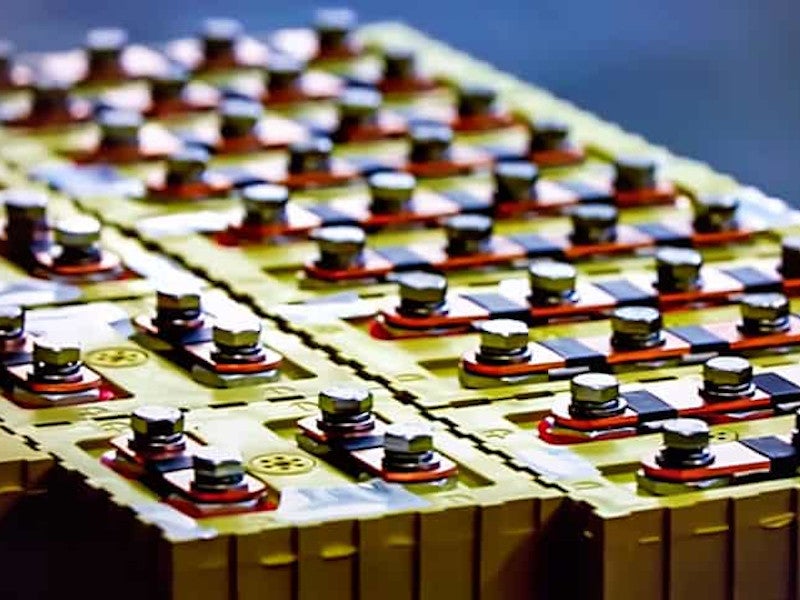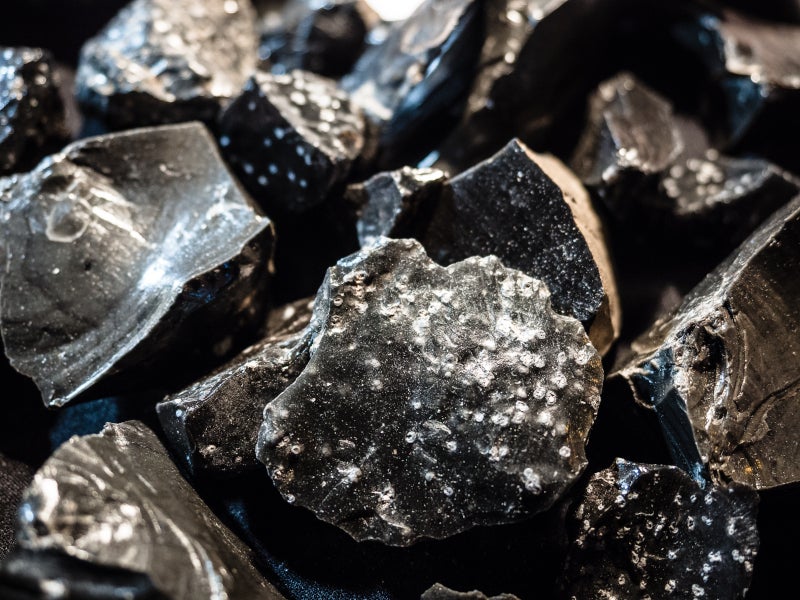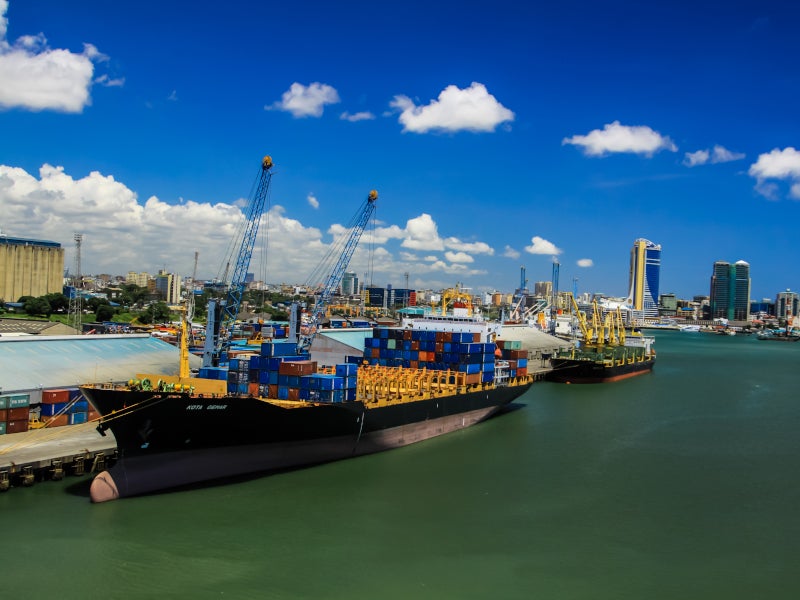Mahenge Liandu is a high-grade, open-pit graphite mining project located in Tanzania, in eastern Africa. It is a low-cost and long-life graphite project being developed by Armadale Capital, a London-listed company focused on natural resource projects in Africa.
Armadale acquired the project from Graphite Advancement in July 2016 and completed an exploration programme in the same year.
A scoping study completed in March 2018 confirmed Mahenge Liandu as a reliable source of coarse flake, high-purity graphite concentrate, while a definitive feasibility study (DFS) for the project was completed in March 2020.
Planned to be developed in two stages, the Mahenge Liandu project is expected to produce 60,000 tonnes per annum (tpa) of graphite concentrate in the first four years of operation in stage one. The production capacity will be ramped up to 90,000tpa during the remaining 13 years of mine life in stage two.
The capital expenditure for stage one and stage two is estimated to be £30.8m ($38.5) and £24.7m ($30.8m), respectively.
Location and geology
The Mahenge Liandu graphite project is located in the Ulanga district, in south-east Tanzania, approximately 10km away from Mahenge and approximately 300km south-west of Morogoro.
The project area is located just 1km north-west of the Mahenge Liandu graphite project by Black Rock Mining. The Epanko graphite project by Kibaran Resources is also located in close vicinity of the Mahenge Liandu project site.
The Mahenge Liandu graphite deposit lies within the Usagaran Neoproterozoic system of the Pan-African Mozambique Belt that extends along the eastern border of Africa from Ethiopia, Kenya to Tanzania.
The local geology in the project area is characterised by medium to high-grade metamorphic rocks comprising graphite bearing mica schist and hornblende gneiss.
Mahenge Liandu graphite resource estimates
The Mahenge Liandu graphite project is estimated to contain 59.5 million tonnes (Mt) of measured, indicated and inferred resources grading 9.8% total graphitic carbon (TGC).
Mining and ore processing
The traditional open-cut mining method will be employed for the Mahenge Liandu project. Mining will be carried out by a local mining contractor in a starter pit in the first four years of operation in stage one. It will be followed by ore extraction in a larger pit during the latter phase of the mining operation.
The run-of-the-mine (ROM) ore will be sent to a nearby processing facility where it will undergo two-stage crushing followed by grinding in a rod mill before passing through the froth flotation processing circuit.
The froth flotation recovery process will include multi-stage re-grind milling and cleaner flotation for improved liberation of foreign materials. The obtained flotation concentrate will be dewatered via filtration and drying to produce the final battery-grade graphite concentrate.
The tailings from the flotation process will be thickened and pumped to the tailings storage facility (TSF).
The final graphite product from the facility will be screened, packed in bags and will be transported by road to the Port of Dar es Salaam for shipping to the customers.
Power supply
Diesel generators will be used to supply the power required for the project under a build, own operation and maintenance (BOOM) contract, while additional power for the stage two expansion will be supplied from the local grid network which is located within 5km of the project area.
Off-take agreements
Armadale signed a Memorandum of Understanding (MOU) with Matrass Group, a China-based graphite mining, and processing company, to supply 30,000tpa of high-grade graphite over a period of five years, in February 2019.
In September 2019, Armadale signed another MOU with CoolRU Information Technology (CoolRU), a China-based technology company, to supply 5,000tpa of graphite for an initial term of 5 years.
Armadale also signed a third MOU with China-based Datong Resources for a proposed off-take of 25,000tpa of graphite concentrate for a period of five years, in October 2019.
Contractors involved
BatteryLimits, a mining development consulting and engineering company based in Australia, was engaged to prepare the scoping study as well as the feasibility study for the Mahenge Liandu graphite.





